Life as a remote worker: my story with digital nomadism
I have recently realized that most of my work life has been remote. I have been working for 12 years, and for the past 7 I’ve had location independence, that is, the freedom to work online from anywhere I want. Many people have discovered location independence during the pandemic, when companies started being more flexible about the need to be present at the office and the rise of new professions have made it easier to be your own boss. Since I started trying out this whole digital nomadism thing a while ago, friends and blog readers often ask: how do you do it?
That’s why I’m writing this article: to tell you all about my journey as a digital nomad. How I started, where I’ve been, how I make money and what I’ve learned about this lifestyle throughout the years.
You might also like to read:
- Rio de Janeiro for Digital Nomads: insider tips
- TOP 10 cities for digital nomads in Brazil
- The best travel insurance for digital nomads
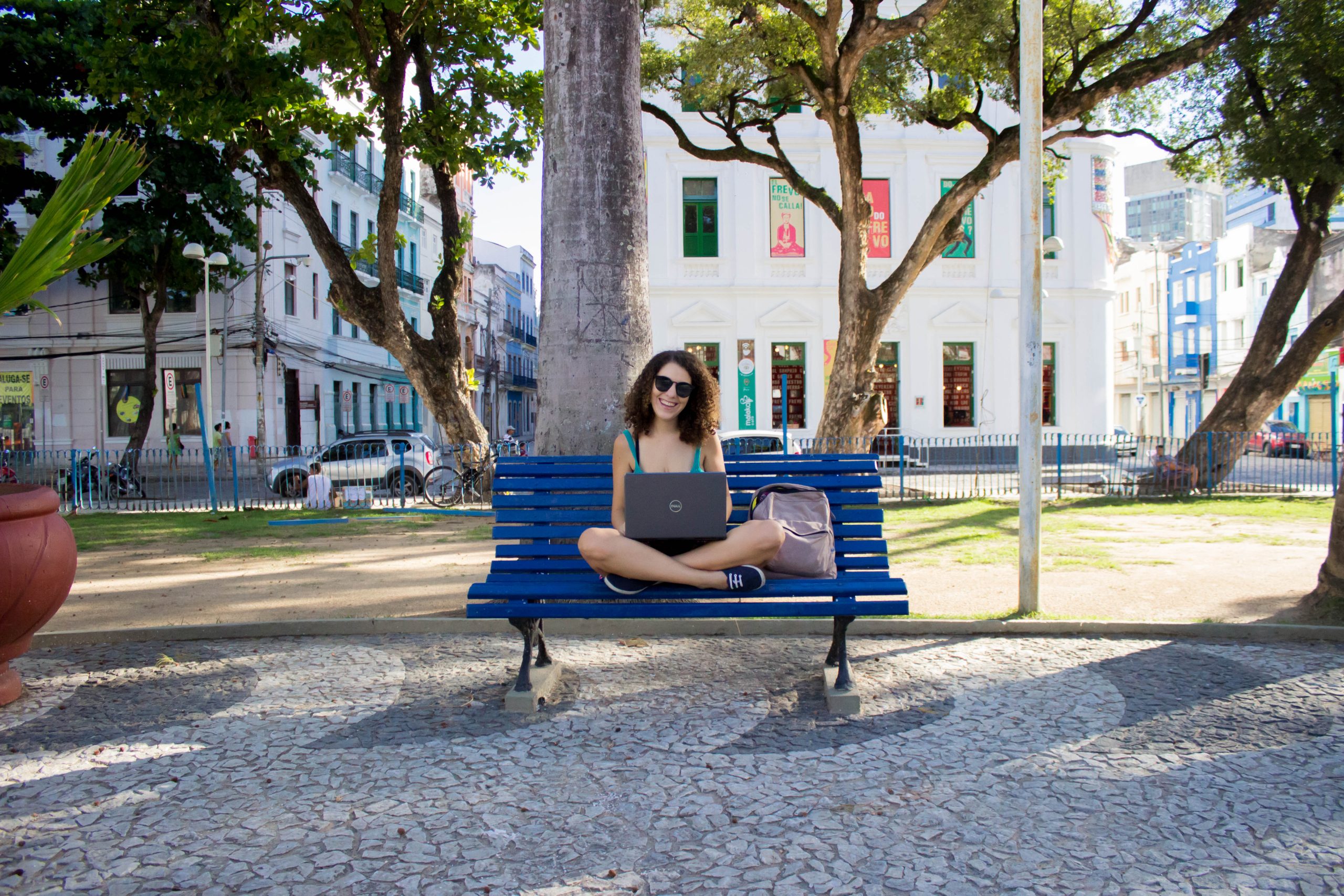
My experience with digital nomadism
I said I’ve been working remotely for seven years, but my story with digital nomadism actually starts way back. I used to be super shy and would get social anxiety when a situation was too different from what I was used to. Because of that, I led a fairly limited life, saying “no” to many opportunities because I was afraid that I wouldn’t be able to deal with them.
That was until I went into university, where I studied Journalism. I met many new people and was forced to get used to new situations more often than before. Then I decided I didn’t want to live a life of “no’s”.
Some classmates told me about the possibility of doing one semester or two of university in another country, and that sparked my interest. It turned out that traveling was the perfect path for me to face my fears.
I started by doing an exchange program in Buenos Aires to learn Spanish, then went on that semester abroad in Seville, and later spent a few more months studying in Lyon. By the time I graduated from university, traveling had changed my life and I was addicted to it. I just needed to find a way to do it more often.
While I was at university, I did several internships at press offices and at my hometown’s biggest newspaper conglomerate. Upon graduating, I decided I wanted to live abroad again, but couldn’t afford to fund it myself. So I applied for a master’s degree in Valladolid (Spain) and luckily got in with a good scholarship.
My last job before leaving for Spain was writing about Tourism, among other topics, for that local newspaper. I had a personal blog when I was younger, so creating a blog to talk about the places I visited and the experiences that transformed me during my master’s abroad felt completely natural.
This was 2012, and the internet world was very different. At the time, I had no idea it was possible to make a living from a travel blog. I just felt the need to share what I learned (my blog’s motto back then was something like “knowledge is worth a lot more when shared”). I had never heard of SEO and my articles were a mix of “letters home” with the newspaper writing style I was used to.
Flashforward to 2014. I finished my master’s, did an internship in Budapest and came back to Brazil, where I found out that the newspaper sections I used to write for had been extinct. I missed telling stories as a journalist, but landed a job in advertising and started working with digital marketing, while keeping the blog as a hobby.
It wasn’t long before I started seeing some people I knew from the “blogosphere” turn their travel blogs into businesses, making enough money from it that they could actually make a living. I did a lot of research on how to make that work, started getting acquainted with terms like SEO and affiliate marketing and decided to take my blog seriously.
At the end of 2016, after some very busy and anxious months when I worked long hours at the agency and dedicated every bit of free time to the blog, I decided to resign from my steady job and focus on the blog. It was scary, but also very exciting. And it’s important to say I didn’t do it on a whim: I saved up some money to spend about a year without a salary.
I had never seen myself as an entrepreneur, and none of my relatives or close friends had their own businesses or worked as freelancers. To help with that transition, I spent the first months of 2017 taking entrepreneurship courses and learning about some technical stuff that I would need to make the blog grow.
Since most of that was online, I realized I had something I had never dreamed of, because I didn’t even think it was possible: freedom to be anywhere I wanted.
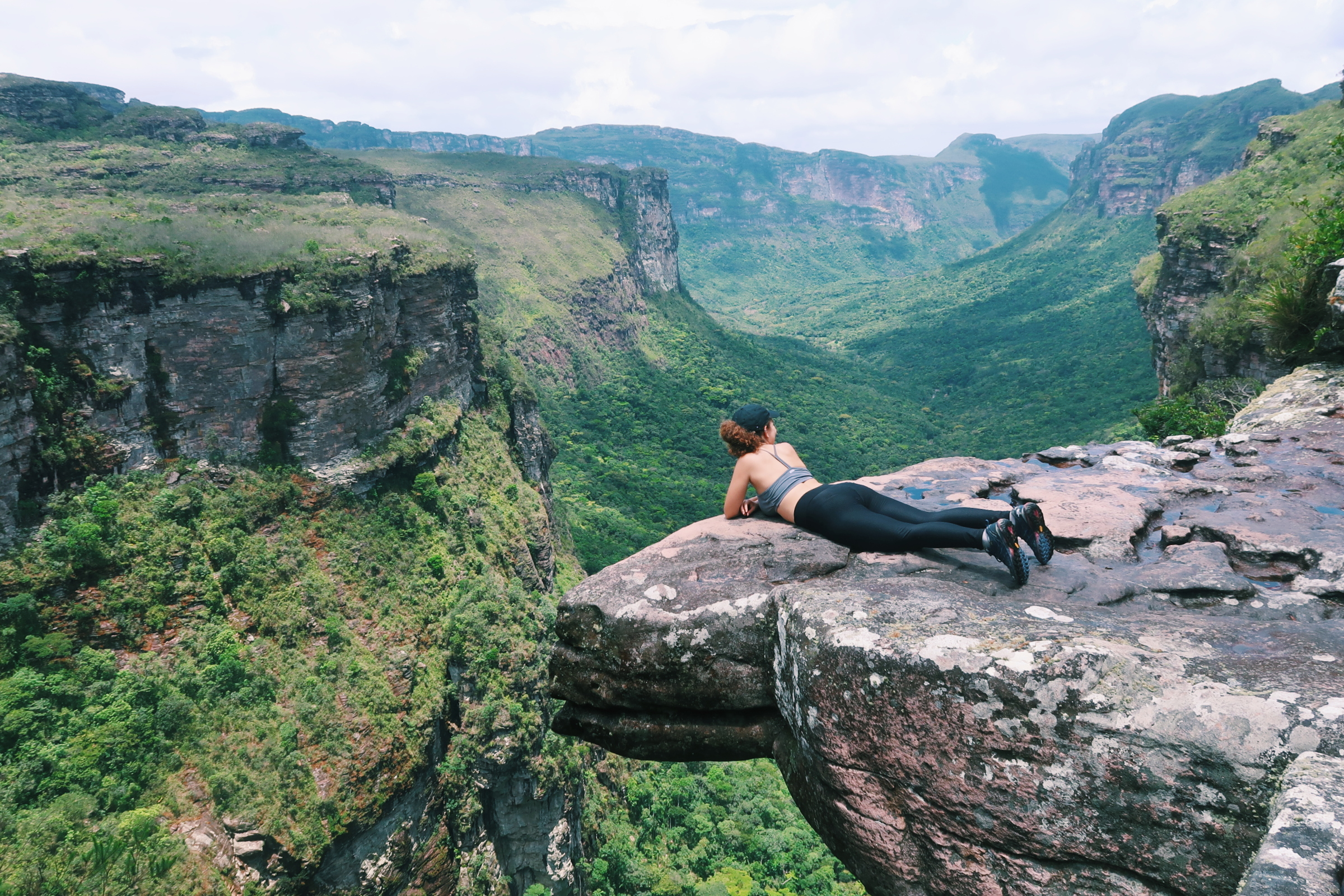
Life as a remote worker
And boy, I enjoyed that freedom! On that first year, I hardly spent any time at my hometown (Recife, in the Northeast coast of Brazil). I traveled around Brazil, spent one month in Rio de Janeiro, then went to Europe for about five months, during which I stayed with friends, did work exchange programs, and traveled by invitation of tourism boards.
I was living my best life, learning new things and meeting people from the four corners of the world. However, I realized that hopping from one place to another so often was somewhat anxiety inducing, and slowly learned to adapt my travel rythm to my personal needs and work demands.
In 2018, I spent a month in Mexico, almost three months in the USA and one month in Finland, apart from many other short trips around Brazil, most of them partnerships through the blog. One of my favorites was the Pati Valley 5-day trek in Chapada Diamantina, Bahia (on the photo above). It was just so beautiful, and I felt lucky to be able to be completely offline for days in the middle of nature without asking a boss for permission.
In 2019, the blog was already generating more money than my last salary at the advertising agency. I spent some time in Colombia, which quickly became one of my favorite countries in the world, and went to the Amazon for the first time (and second, and third – that’s how much I loved it!).
I started 2020 in India, where my trip was cut a bit short because of the pandemic. But I still got to enjoy about 5 weeks in this amazing country, which I plan on returning to very soon. At that time, the blog was at its peak, but when people stopped traveling I started freelancing again.
During quarantine, I decided it was finally time to write a book about everything I learned while traveling full-time. I launched the 300-page book “Guia de viagens pra dentro e pra fora” (something like “A guide to traveling to the inside and outside of yourself”), where I talk about responsible tourism, budget travel and much more, through a crowdfunding campaing. I’m very proud of it, and have sold over 900 print copies so far.
After spending some time still for pandemic reasons, I started traveling again in 2021. I shared a house near a super nice beach in Bahia with other nomadic friends for a while, then went to Uruguay and visited community-based tourism projects in Brazil.
During all that time, I never stopped working, so traveling was always financially sustainable. My blog and freelance assignments could all be dealt with remotely, and I never had to think too hard before booking a ticket if a good opportunity came up. I’ve always been super grateful for the freedom that comes with digital nomadism.
However, this came with its downsides too. I started feeling a need for stability and missing a deeper sense of community and connection. As someone who deals with anxiety since childhood, it was also challenging to keep up with so much novelty all the time, and I had a hard time being consistant with healthy habits like exercising and cooking my own meals. At the same time, I didn’t want to stay at my hometown, which I love, but where I don’t feel like I’m growing so much as a person.
In the end of 2022, I decided to make a home base in Rio de Janeiro, where I’m writing this article from. I had loved that month I spent here back in 2017 and wanted to spend a longer time exploring this vibrant city, so I rented a small flat and have been very happy with my new lifestyle.
The best part is, I can still pack my bags whenever I want, since I’m still completely free of in-person work commitments. I love the freedom to manage my schedule and design my dream routine in the city I chose to call home – until further notice. I realized that being a digital nomad per se isn’t the most important thing to me, but geographic freedom is.
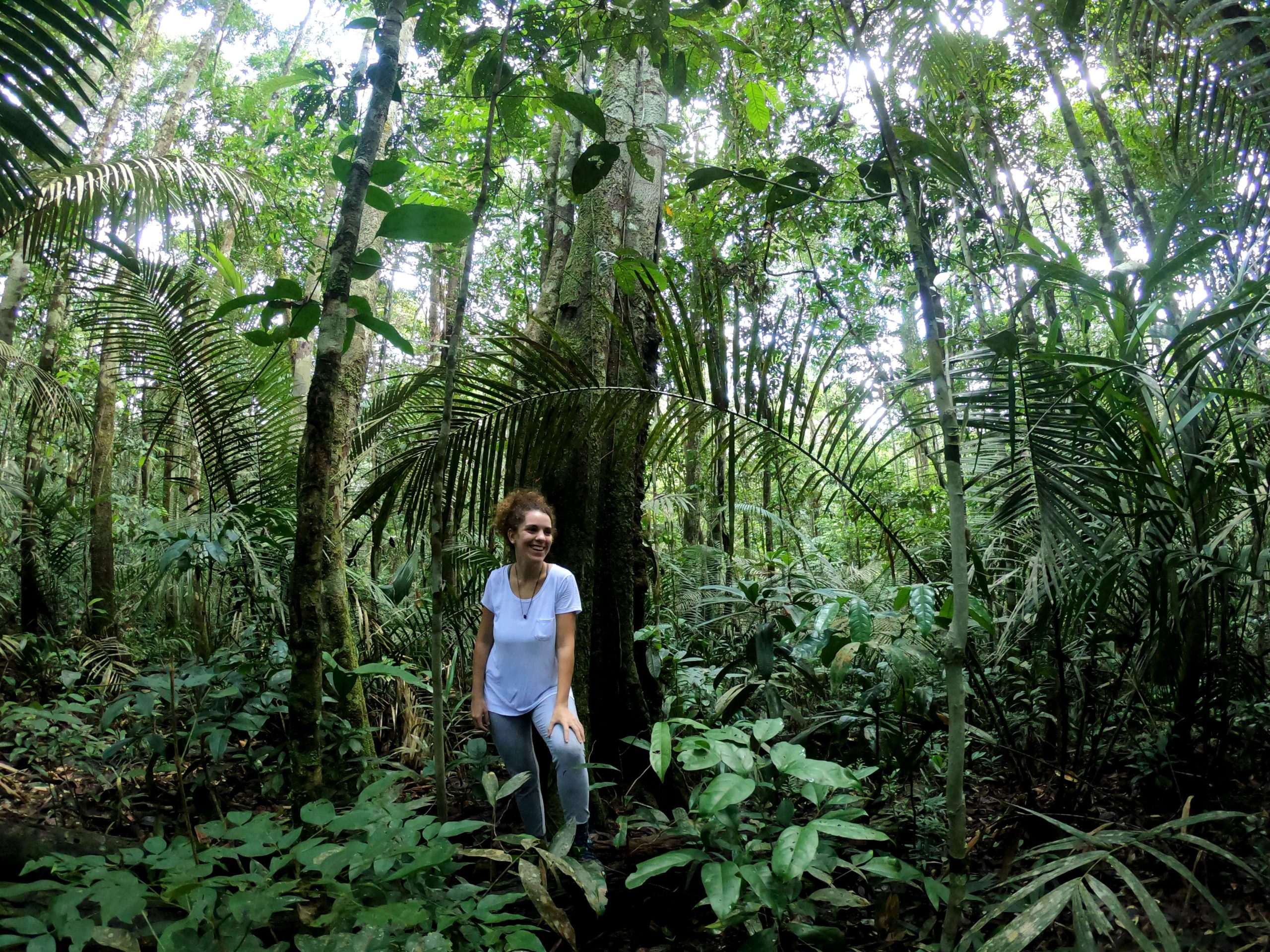
Location independence vs digital nomadism
Being a nomad is amazing. You get to learn new things every day, exploring your curiosity and going out of your comfort zone as often as you want. This world is huge and full of beautiful surprises, so going from one place to another from time to time is indeed very appealing.
But not having a home base and moving places very often is also quite demanding. You have to make decisions all the time, say goodbye to friends constantly, and the balance between focusing on work and personal projects and enjoying the place you’re in can be tricky.
By living in a new, big, and cosmopolitan city, I get to go on adventures right here, while having a proper homebase and a more stable routine. I take dance lessons, have a gym membership, go out with the same friends every week and feel 100% comfortable in my flat. But I’m still able to travel whenever I want. Right now, I consider that’s the best of both worlds, but of course it can change in the future.
It took me a while to understand where and how I wanted to live. Having nearly endless possibilities is a huge privilege but can also be quite overwhelming. So my main advice for newbies at this whole digital nomadism thing is to take the time to connect with your deeper needs. And also understand that nothing is permanent: we can change routes whenever it makes sense.
Nowadays, I still make money from this travel blog, my most cherished project, which is almost 12 years old now. I also started teaching Portuguese as a Foreign Language – I did a post-graduate degree in it (remotely, of course) and have been having a lot of fun with my students. Since my lessons are also remote, my geographical freedom remains.
Besides being a lot of fun, all these years of working remotely while traveling the world have taught me a lot. I learned how to deal with the lack of financial stability, how to run many aspects of a business simultaneously and how to have the discipline to be productive while organizing my own schedule – which may include working on a Sunday while my friends are at the beach, because I was doing something else during the week.
I love living in a cozy little house with a décor chosen by me, and owning many art materials and other stuff that I couldn’t fit on a backpack. But being a digital nomad taught me that I’m also perfectly capable of living with a lot less stuff and a lot more flexibility if and when I feel like it.
Do you want to try being a digital nomad? Go for it! Enjoy it as much as you can, have patience to adjust to all the changes that are a constant in this lifestyle, and use the power of social media to maintain a sense of community and meet other nomads. Having people to exchange experiences with makes all the difference.
Just beware not to be too fixated on collecting stamps in your passport and turn what should be freedom into another prison. Always reflect on your motivations and priorities, and pace the rhythm of your travels to one that makes you comfortable. There is no “one size fits all” formula. Try as many different lifestyle choices you need until you find what works best for you.
Do you have any personal experience or questions about digital nomadism and geographic freedom? Tell me in the comments section!
One of the first things I learned while traveling non-stop was how important it is to care for my health. Getting sick while you’re away from home is quite annoying and can be dangerous or crazy expensive if you’re not insured. For digital nomads or remote workers who get on the road very oftten, one of the best choices in the market is the Nomad Insurance from SafetyWing. This Norwegian company was created by digital nomads to cater for the needs of people who never know where they’ll be next week.
They recently launched Nomad Insurance 2.0, includes new add-ons that make it even more appealing. For more information, read my full article about this travel insurance for digital nomads or check out their Frequently Asked Questions page. If you’re ready to get covered, click here.
Disclosure: This isn’t a sponsored post, but I’m part of SafetyWing’s Ambassador program, which gives content creators that believe in their product some incentives to talk about the company. If you do sign up using the links on this article, I’ll get a small commission that helps me keep this blog up and running and you won’t pay anything extra. Thank you!


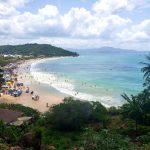
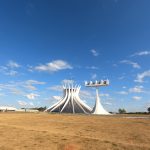
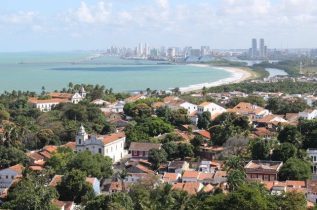



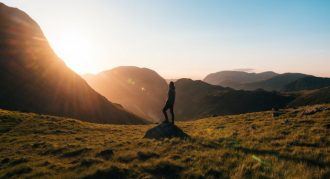




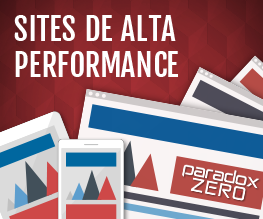
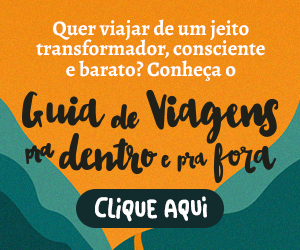
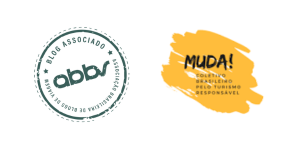
0 Comentários